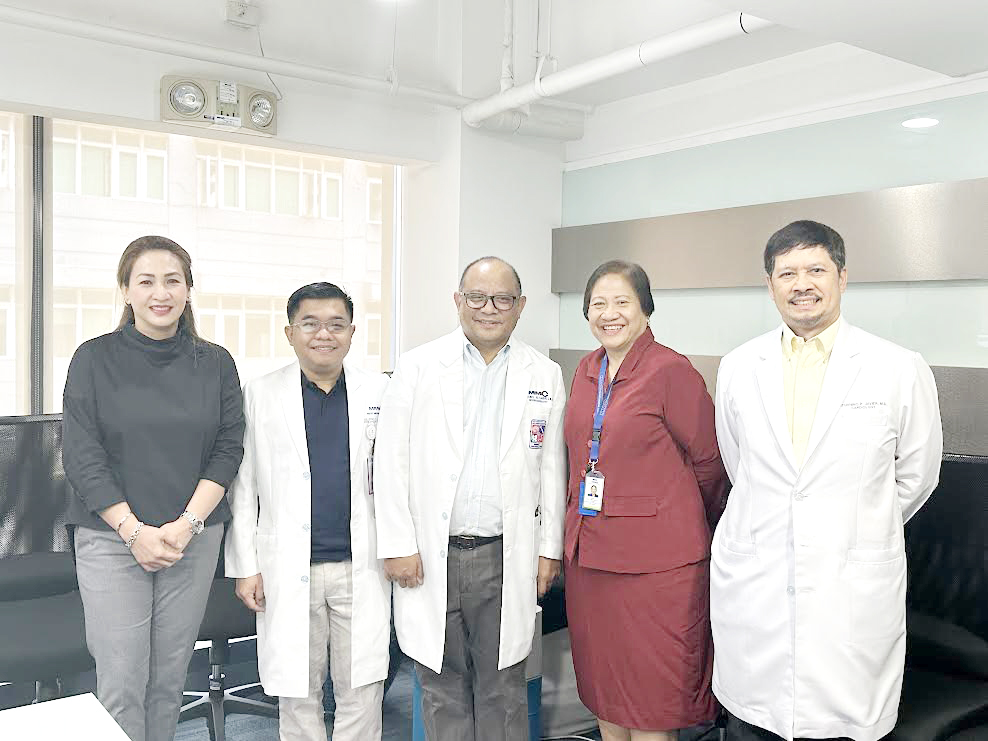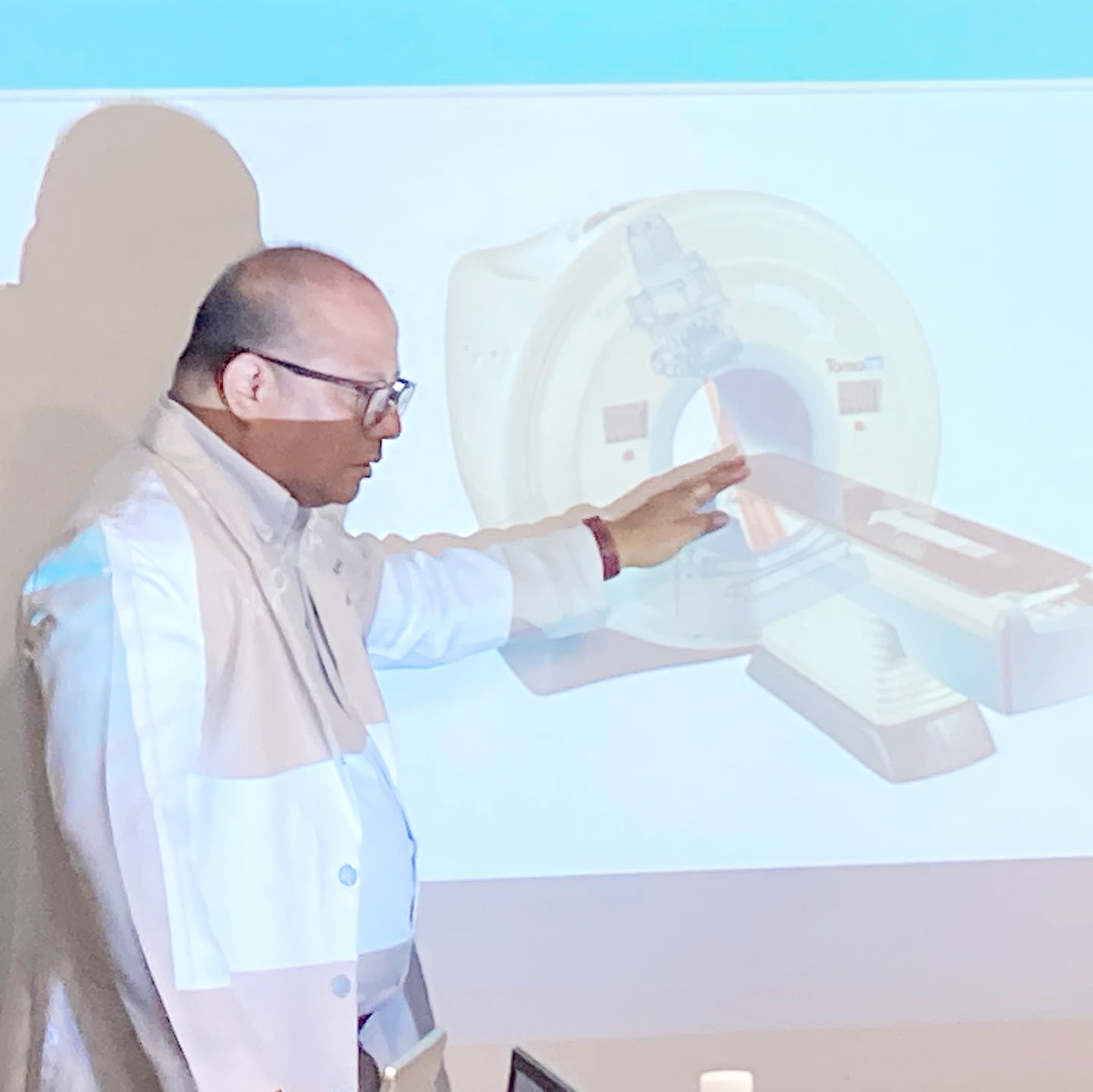At A Glance
- Neurosurgery attracted me as much for its intertwining of brain and consciousness as for its intertwining of life and death. —Paul Kalanithi, <i>When Breath Becomes Air</i>
In the ancient days, long before most modern luxuries were even conceptualized, it was common practice to drill holes into one’s skull should one start acting abnormally. Experts at the time thought this process, referred to as trepanation, would help lead evil spirits out of the body. Even as recent as the 20th century, practices that are frowned upon today, such as performing lobotomies to treat various mental illnesses, were seen as medical advancements. While it comes as a harrowing thought, these primal methods helped pave the way for modern neurosurgery.
In modern times, the field of neurosurgery has reached incredible feats. If you find yourself with something as simple as a headache, most doctors now have the ability to pinpoint the source of the pain to prescribe the proper treatment. Medical treatment has also become more convenient. Certain cases no longer require a lengthy drive to the clinic but instead can be diagnosed online or through the phone to save time.

services Arlyn L. Songco, cerebrovascular neurosurgeon Dr. Guillermo V. T. Liabres, neurosurgery
section head Dr. Michael N. Sabalza, president and CEO Atty. Pilar Nenuca P. Almira, and medical
director Dr. Saturnino P. Javier
Despite these new advancements and treatments, a global rise in neurological disorders has caused concern in the field. Fortunately, institutes such as the Makati Medical Center (MakatiMed) are facing this increase head on by doubling down on their commitment to world-class neurological care.
In an exclusive meeting with members of the press, MakatiMed shared a number of world-class neurosurgical procedures, such as awake craniotomy surgery for brain tumor patients, cerebral bypass surgery, and stereotactic radiosurgery (SRS), all of which are available right here at home.
Awake craniotomy surgery is a highly specialized surgical technique that offers a safer, more effective approach to brain tumor removal while reducing the risk of neurologic deficit. It’s a necessary process to undergo for those with cranial or head and neck tumors. It involves using a blood vessel from another part of the body to redirect blood flow around blockages in the brain.

Cerebrovascular neurosurgeon Dr. Guillermo Victorino Liabres provides a clearer picture of how this delicate procedure is carried out. “The procedure targets parts of the brain controlling speech and motor function,” he explains. “Not only does it minimize risks, but our team also offers postoperative care to ensure patients get back to their regular lives easily.” He shares that he also has a 100 percent patency rate for cerebral bypass surgeries.
Another special procedure is SRS, a program MakatiMed is proud to be a pioneer of, having built a program as far back as 1996. Dr. Michael Sableza, the head of MakatiMed’s neurosurgery section, underlines the precision and versatility of SRS. “It’s known to be exceptionally precise when treating a range of brain and spine abnormalities like cancer, epilepsy, trigeminal neuralgia, and arteriovenous malformations.”
While some might think these advanced procedures are only provided by high-end private hospitals, MakatiMed never hesitates to share these new innovations with other local hospitals. Hospitals in the Metro Pacific Health network, a network MakatiMed is a part of, receive collaborative care from MakatiMed for SRS. These collaborations extend the efficacy of SRS to thousands of patients across the Philippines, guaranteeing better treatment and recovery well beyond its immediate scope.
“Filipinos only stand to benefit from innovations in neurological care. New and improved procedures make the recovery process easier for the increasing number of Filipinos with neurological disorders,” says Dr. Saturnino Javier, medical director at MakatiMed. “It’s hard to understate the importance of a sound neurological condition given its impact on cognitive functions, which directly shape your quality of life.”